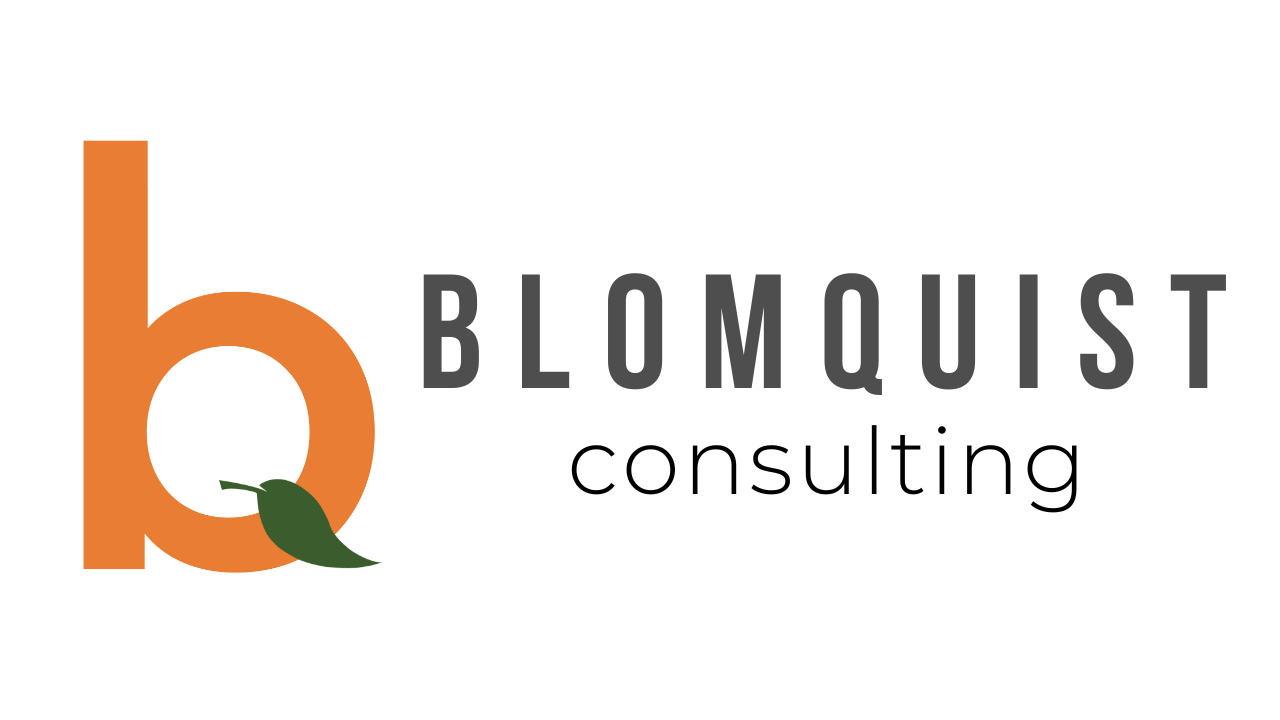Strategies for Building an Efficient and Effective Hiring Process
Developing a successful hiring process takes time and often requires ongoing adjustments as the talent environment changes perpetually. If your organization is struggling to attract qualified applicants or experiences lengthy hiring timelines, you are not alone. Across all industries, recruiters are facing unprecedented challenges such as a lack of qualified applicants, lengthy time-to-hire metrics, building a strong employer brand, ensuring a positive candidate experience, and fair recruiting. All of which makes building an efficient and effective hiring process more difficult.
In this article, we will discuss three main areas to focus on when building a successful hiring process.
Attracting More Quality Applicants
Hiring managers often receive more unqualified applicants than qualified ones. Skilled employees have many job postings to choose from when applying for new roles. Even passive applicants, or those not actively applying to jobs, are often contacted by recruiters if their skills match those of open positions.
To attract more qualified applicants, start by creating job postings that are attractive, clear, organized, and complete. Role descriptions should appeal to potential applicants, not just industry professionals. Job postings that are messy, hard to read, and lack organization deter highly skilled employees from applying. Remember that the job posting is likely their first impression of your organization, and job postings communicate the company’s commitment to building strong teams.
Within the job posting, make sure to communicate DEI philosophies to ensure the diversity of candidates. This will also widen the application pool, and help to mitigate biases throughout the selection process.
Next, consider eliminating degrees and less-critical competencies as requirements for qualifications. Many technology companies have transitioned to skill-based hiring for hard-to-fill roles, but this practice is effective in all industries. Shifting from degree- or pedigree-based approach to a competency-based approach can open up new pipelines for organizations struggling to find talent for hard-to-fill roles. Start with the hardest positions to fill, and ask managers of those open positions what competencies are most critical to define requirements for filtering candidates at the start of the process.
Niche job boards are effective resources for posting open positions when looking for specific competencies. LinkedIn, Indeed, and similar boards receive thousands of new job postings daily, and there is no guarantee that your open positions will receive interest when there are thousands of others. By utilizing niche job boards, recruiters cut down on unqualified applicants and have a higher chance of attracting qualified candidates.
Finally, if you haven’t already, implement an employee referral program. In doing so, you will turn your current workforce into an army of recruiters, and increase employee investment in the hiring process. Recruiters will benefit from the pre-screening provided to efficiently filter applicants and increase access to talent pools.
Focus on Candidate Experience
A positive candidate experience is critical to attracting skilled talent. Organizations must manage the fact that the hiring process is also the first impression that employee makes with the company.
To ensure a positive candidate experience, transparency in the hiring process is essential. Candidates should know the estimated timeline of the hiring process and the expected steps of each stage. While hard-to-fill roles naturally have longer hiring timelines, consider eliminating unnecessary stages. If the hiring process is too long, organizations risk losing the best candidates to other positions.
Similar to considering eliminating unnecessary stages of the hiring process, evaluate interview and application questions. Ask yourself if those questions really matter for the role. Consider utilizing competency questionnaires to evaluate technical skills, and prioritize interview questions for more complex topics.
Lastly, ensure that the employer brand is well-developed and comes through during the hiring process. Organizations that invest in employer branding are three times more likely to make a quality hire. While it is a continuous and complex process, a good employer brand helps recruiters attract and engage better candidates.
Manage Recruiter Burnout
Many recruiters, like all employees, struggle with burnout when their job functions become more about administrative tasks and busy work than the actual job. Thankfully, there are steps organizations can take to manage recruiter burnout and prevent disruptions to talent acquisition efforts.
While the human touch is necessary for the hiring process, organizations with successful hiring processes leverage technology tools to take care of tasks that humans are not necessary for. Administrative tasks, such as scheduling interviews, take valuable time that recruiters could use to ensure positive candidate experiences and coordinate hiring processes. Utilize technology to automate these tasks and help hiring teams create a more efficient hiring process.
Another successful technology resource available to hiring teams is data management tools that aggregate candidate data. Use data managing tools for more efficient analysis and compliant management of hiring information.
Finally, be honest with recruiting teams about expectations for hiring timelines. Some positions will naturally have longer timelines than others, and making hasty hiring decisions often costs the company more than if the position was left open. Remind hiring teams that filling certain positions will be more difficult than others, and evaluate the process for potential improvements to prevent recruiter frustration.
Here to Help
By implementing these strategies when building hiring processes, hiring teams will be equipped to deal with today’s tumultuous talent environment effectively. Bolstering your hiring processes to streamline processes and proactively manage recruiter burnout will help fill open positions quicker and with higher success.
Companies experiencing high volumes of low-quality applicants, poor employee reviews, and recruiter burnout may require external support. Keep current and future targets in mind, and consider leaning on a comprehensive evaluation to guide the process.



